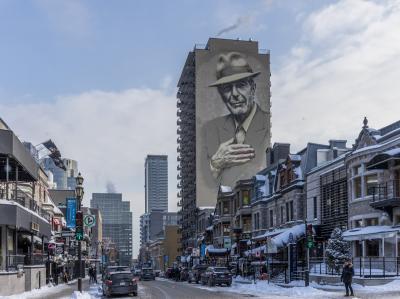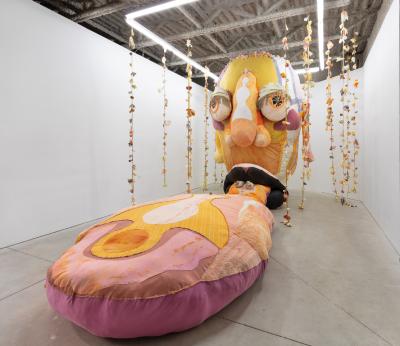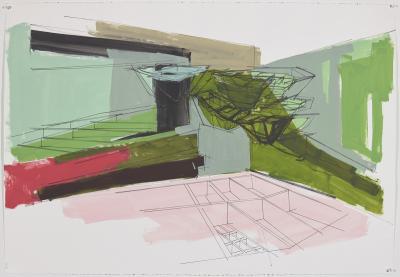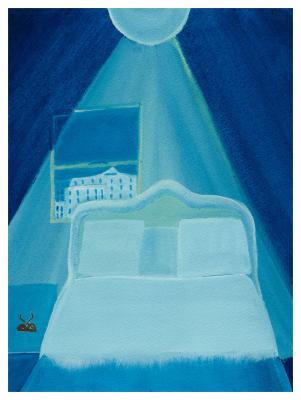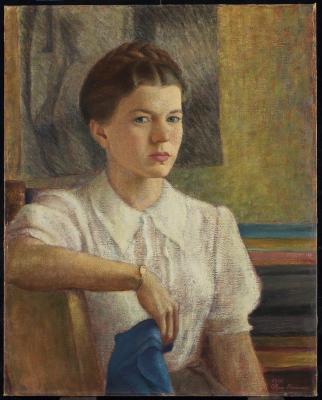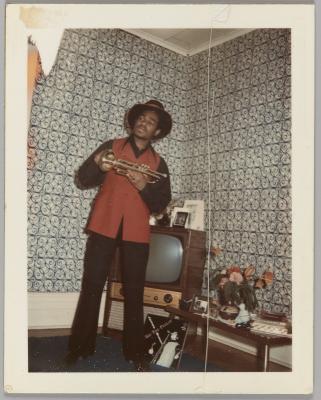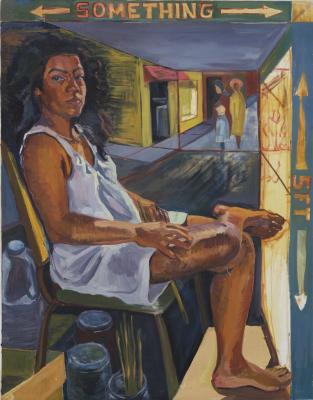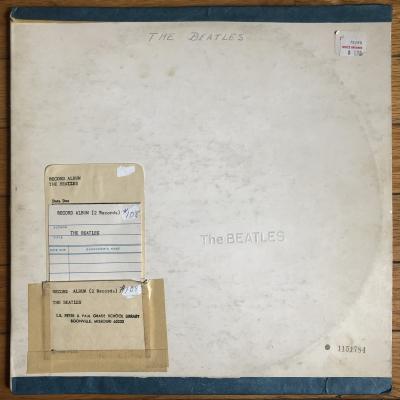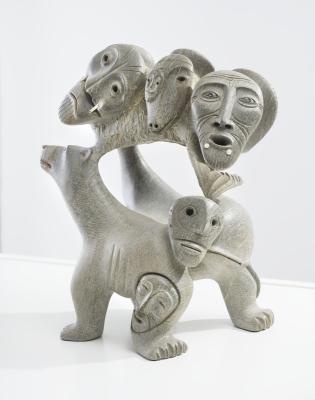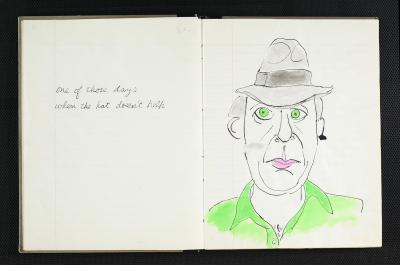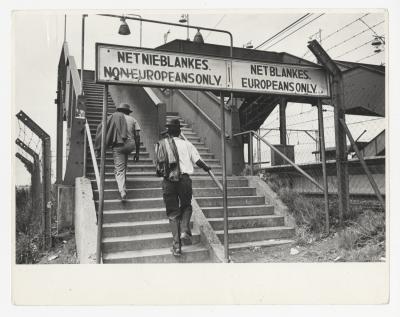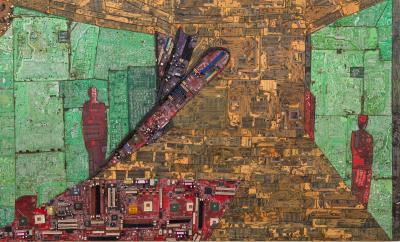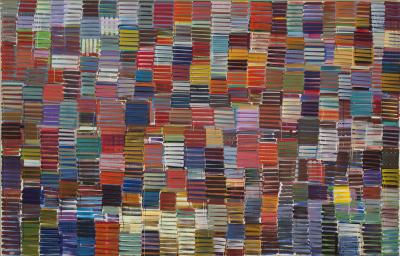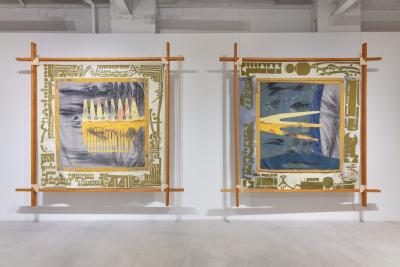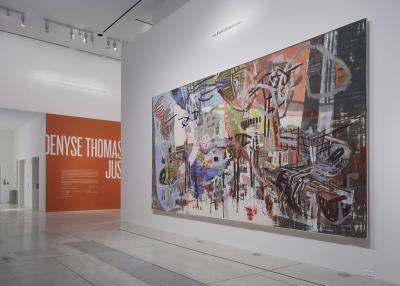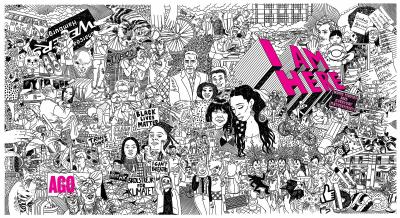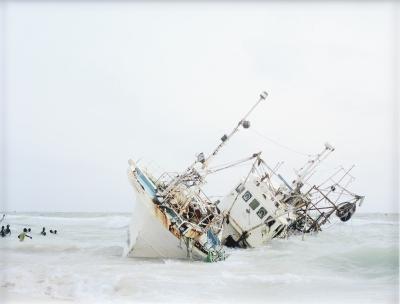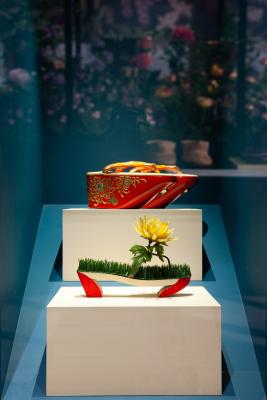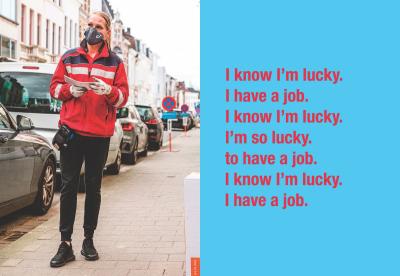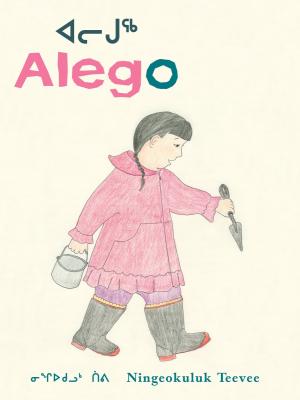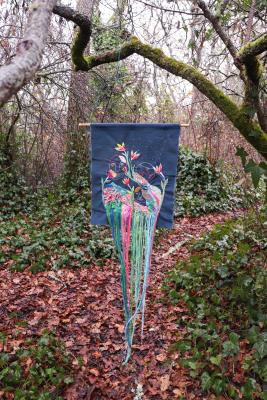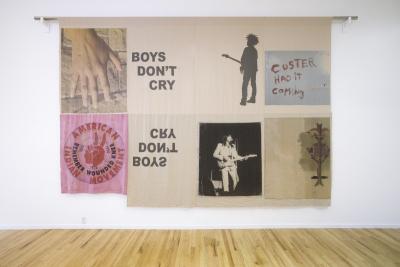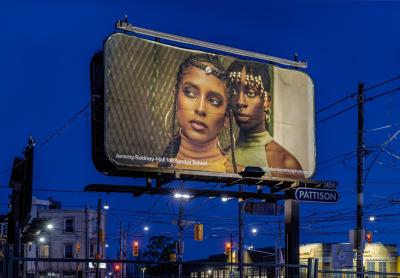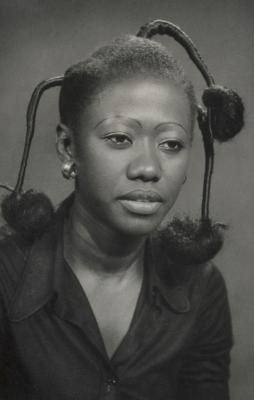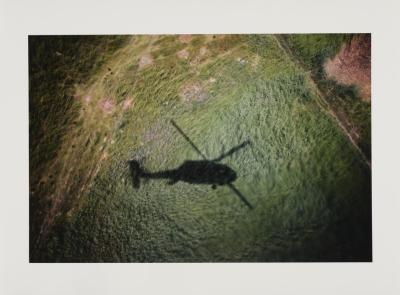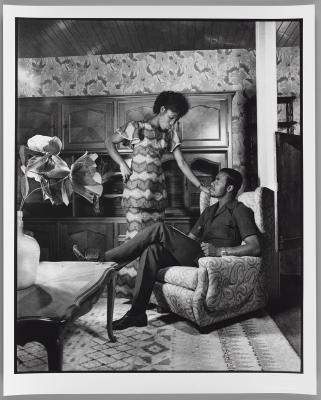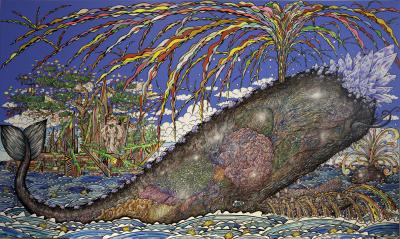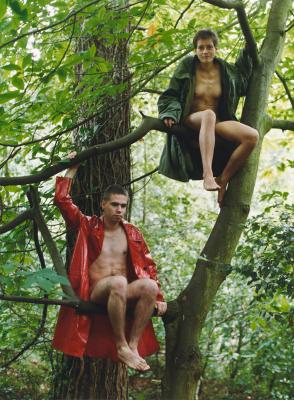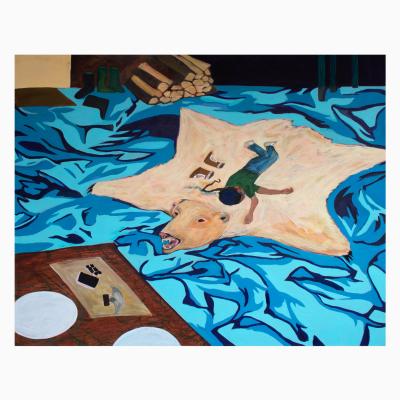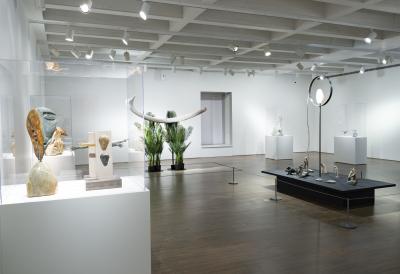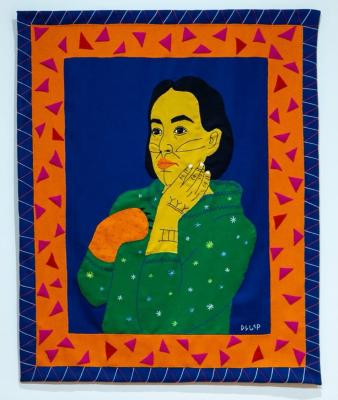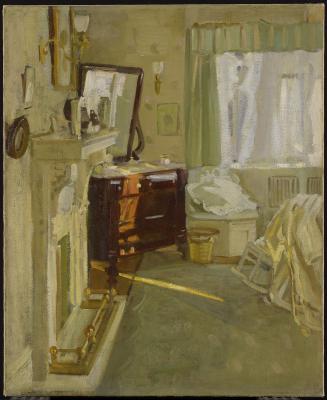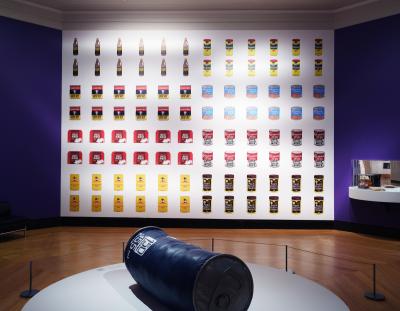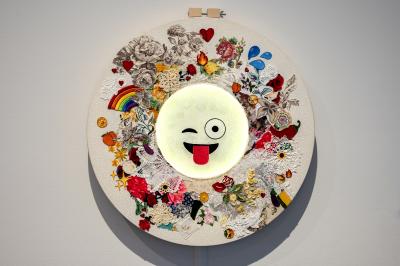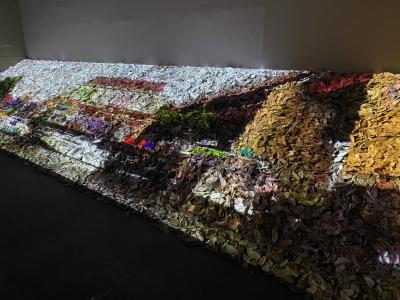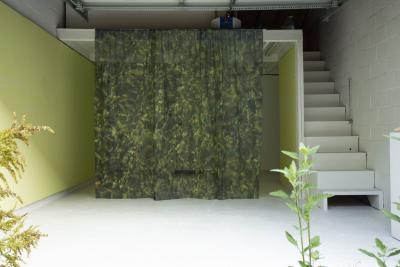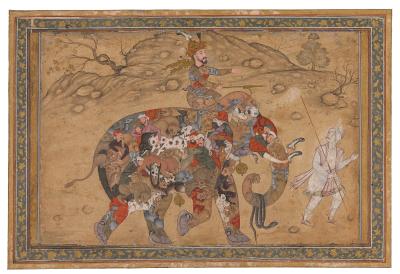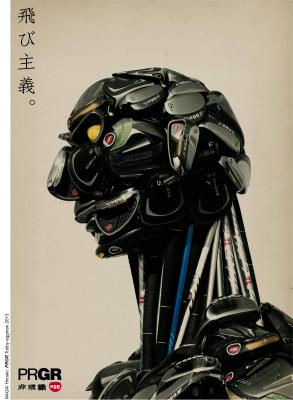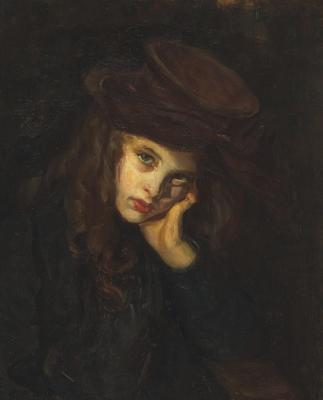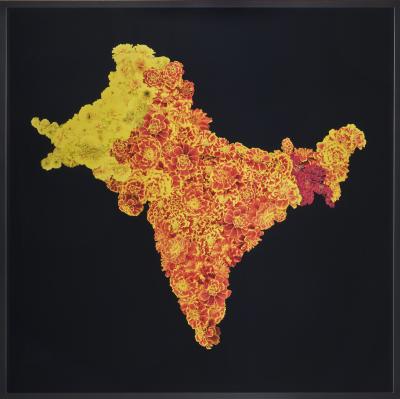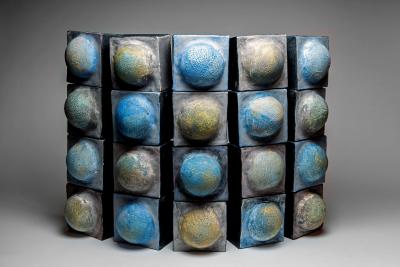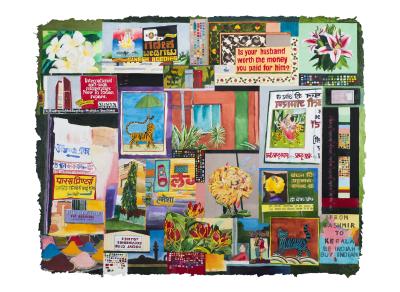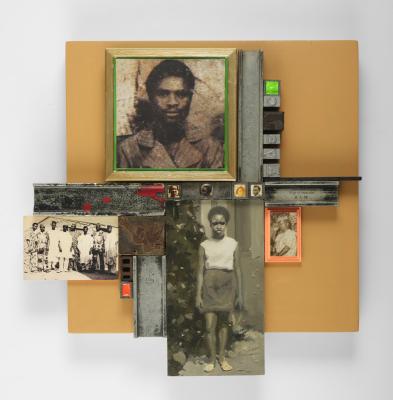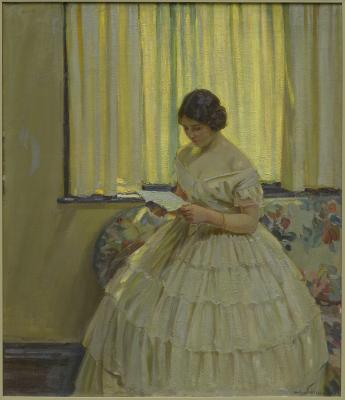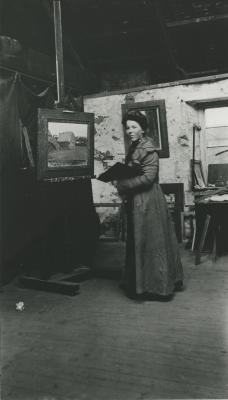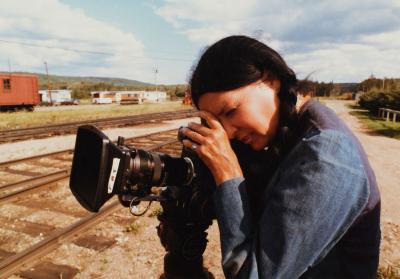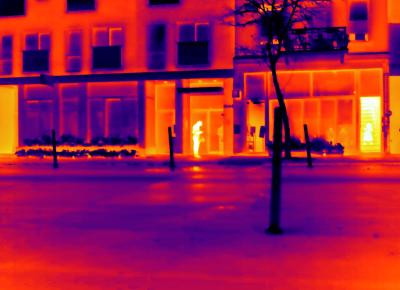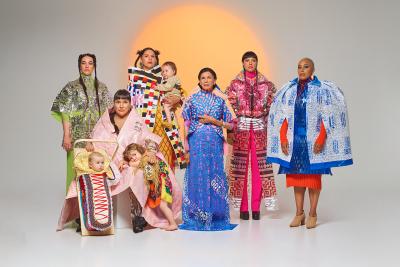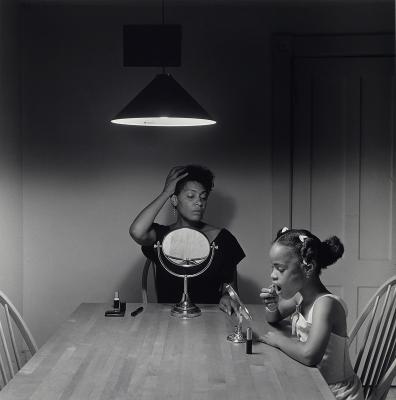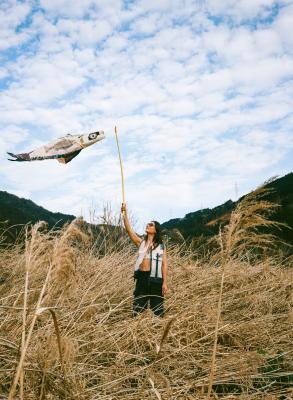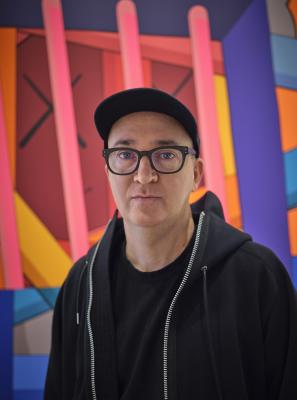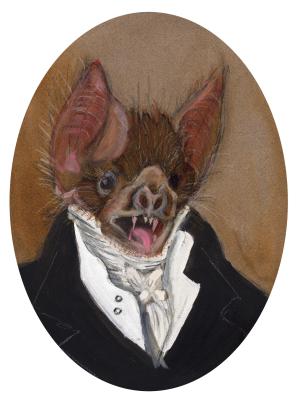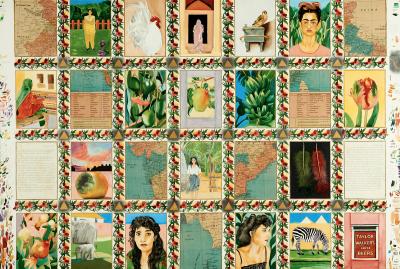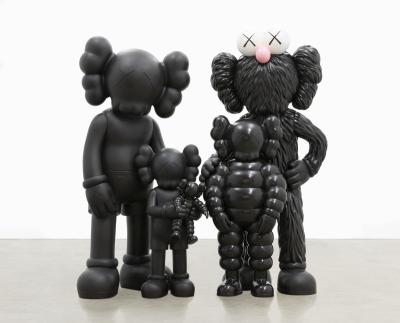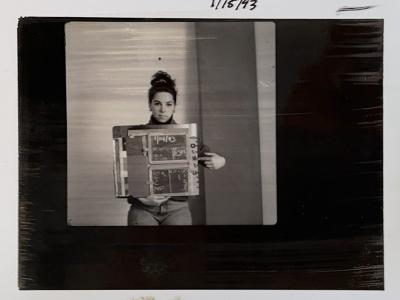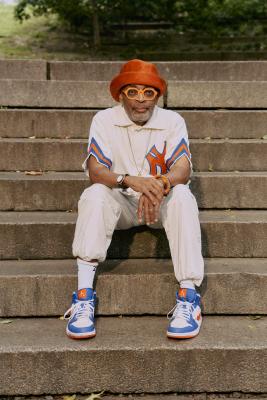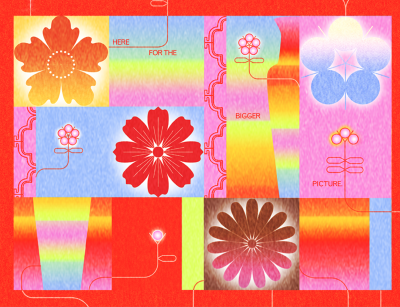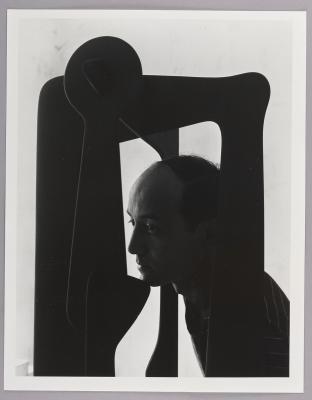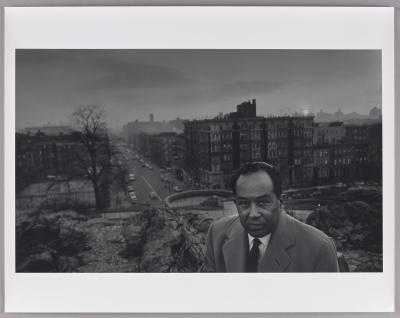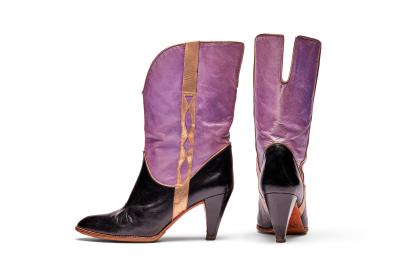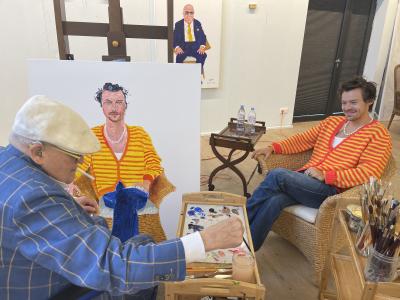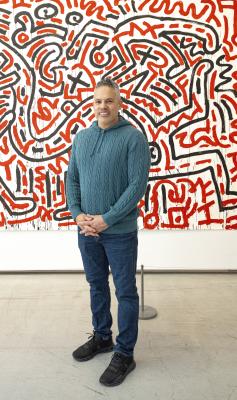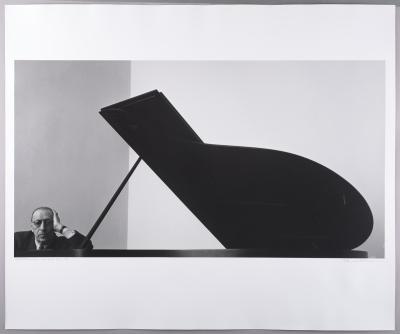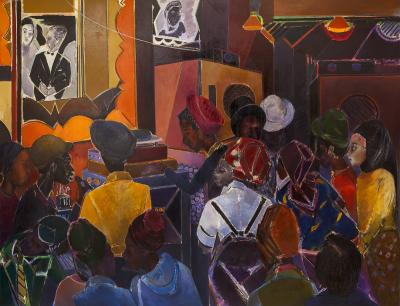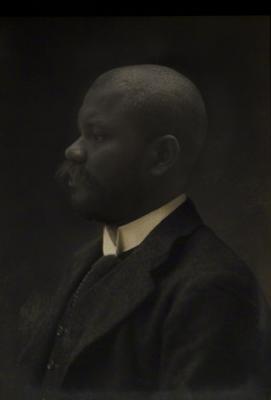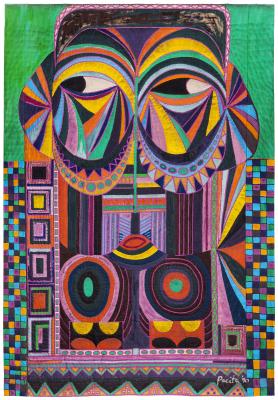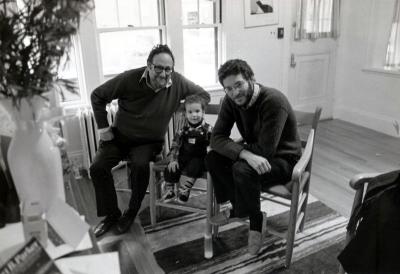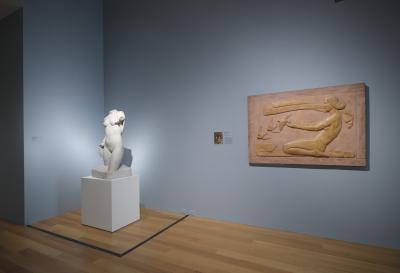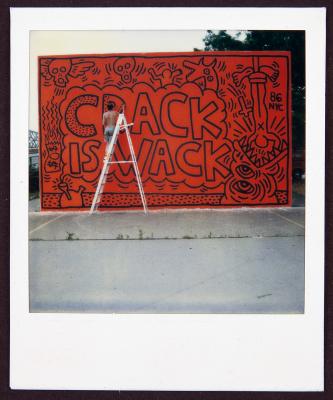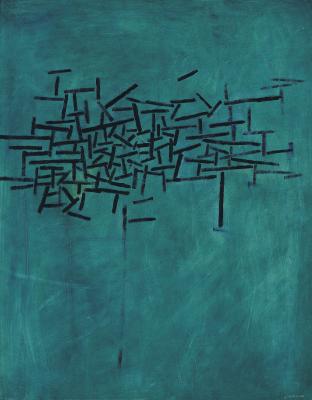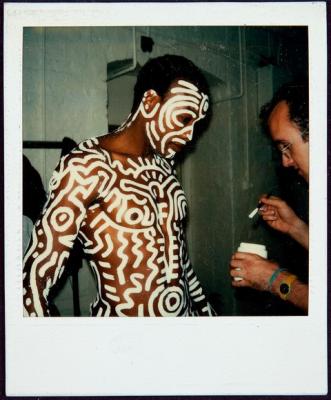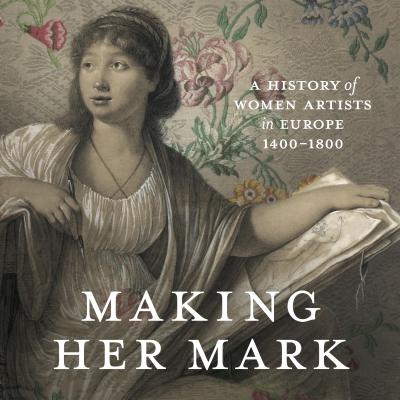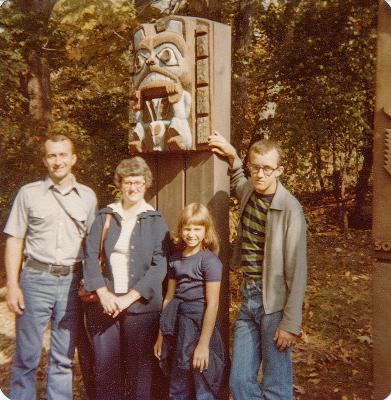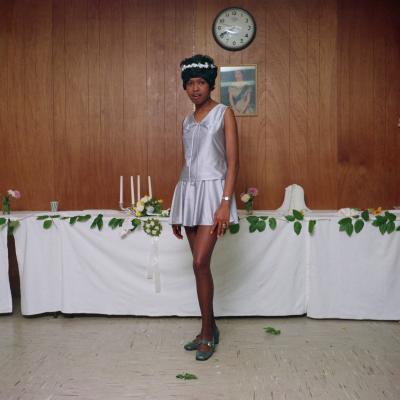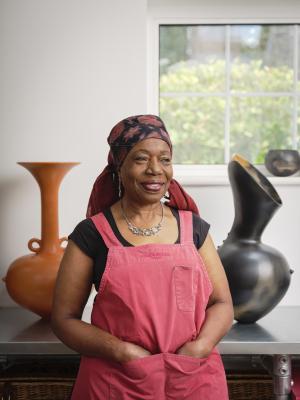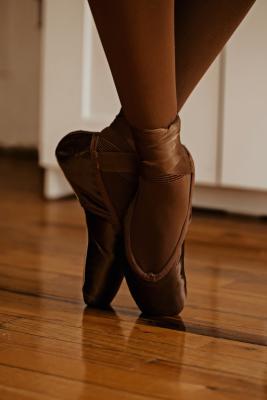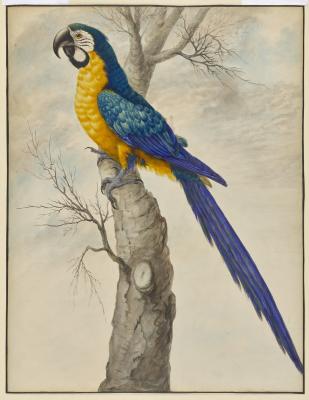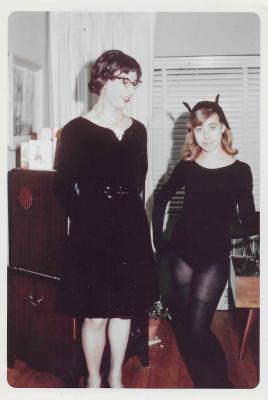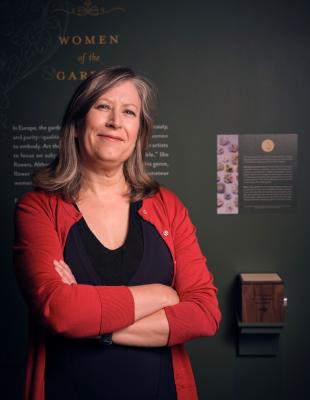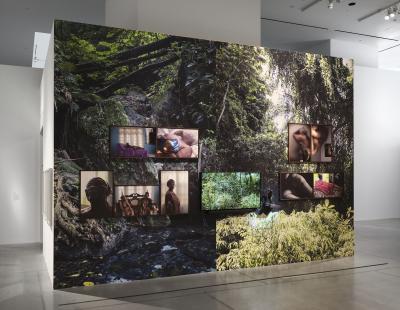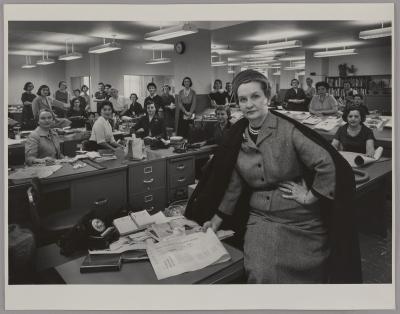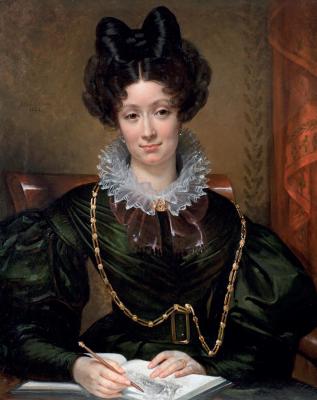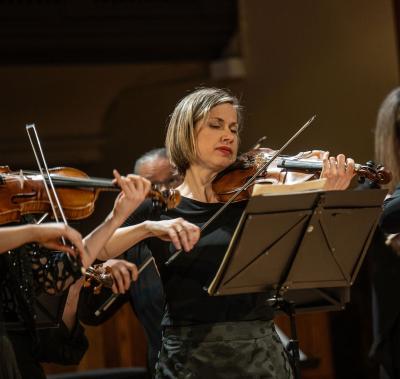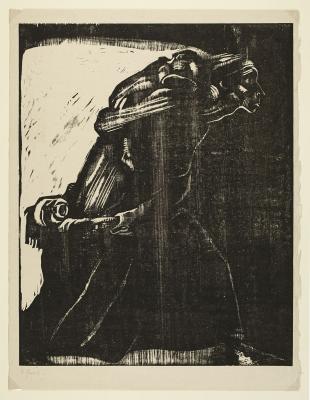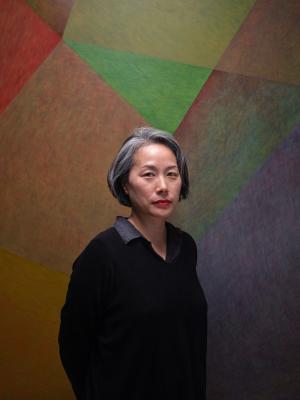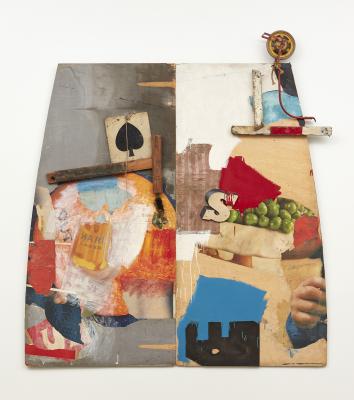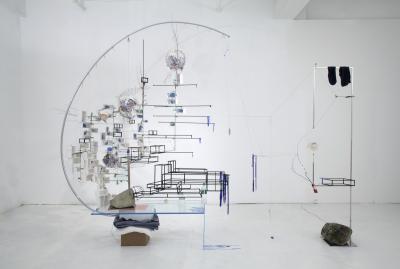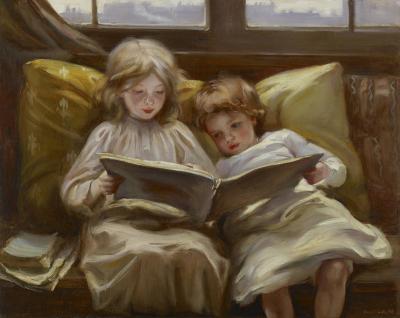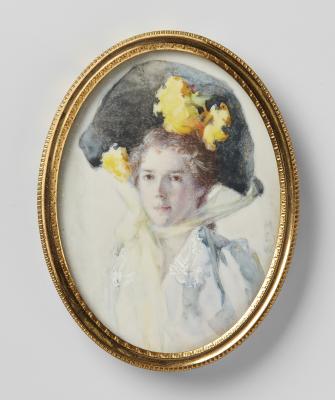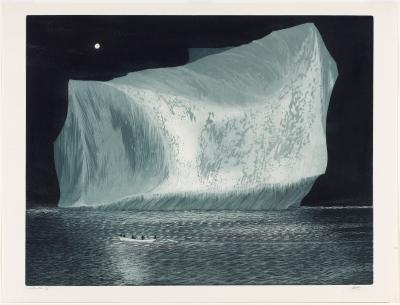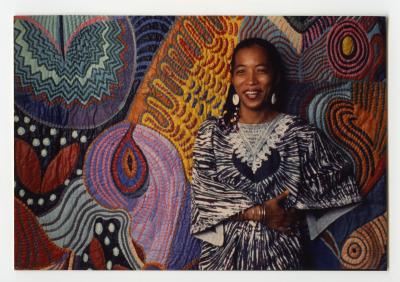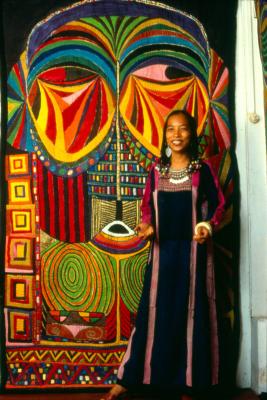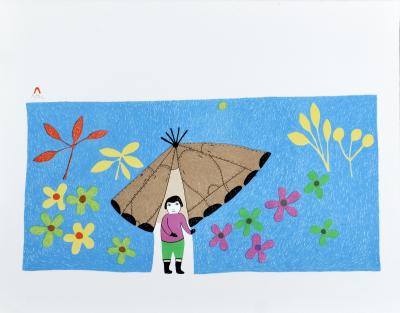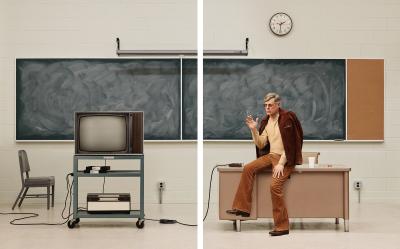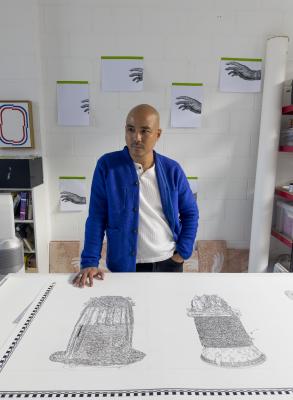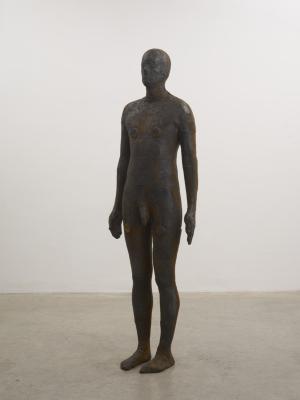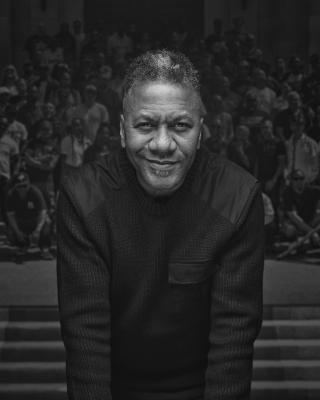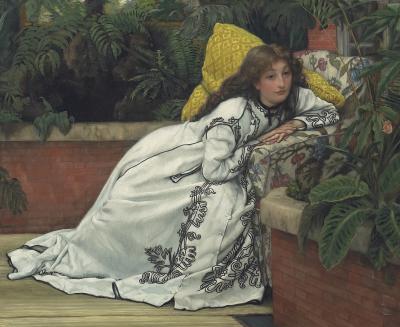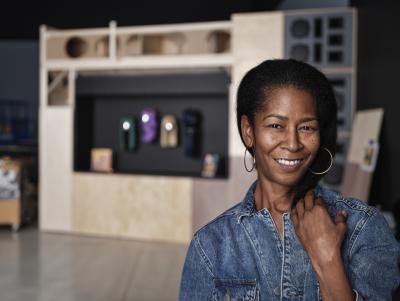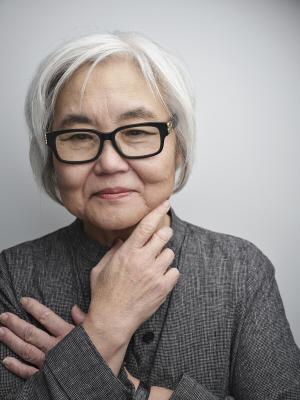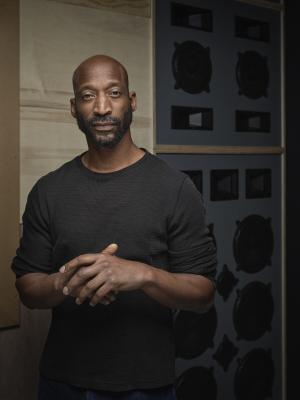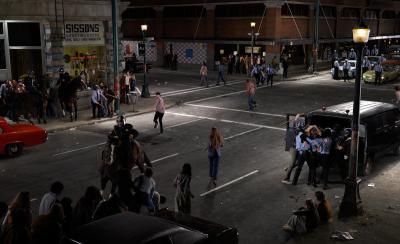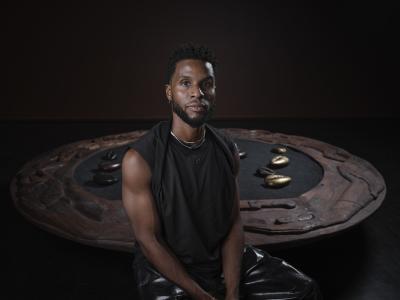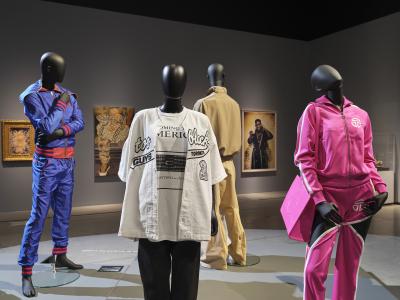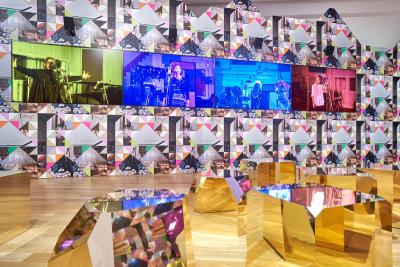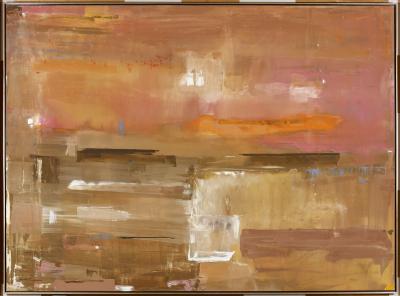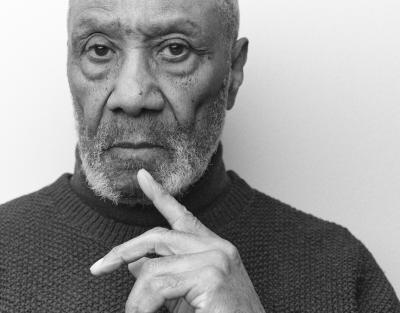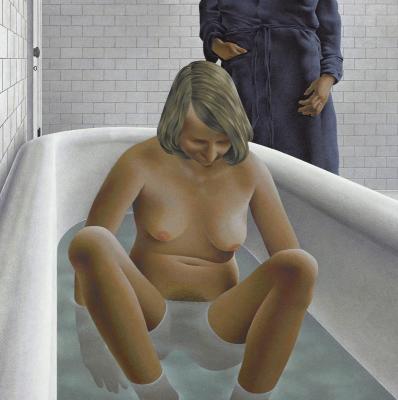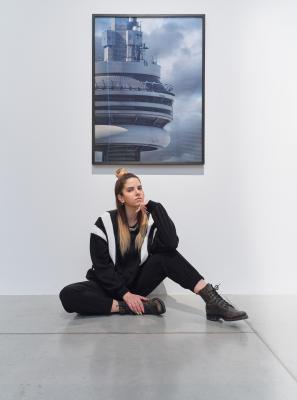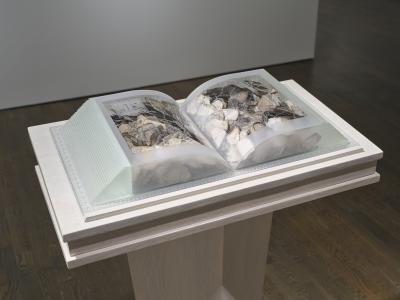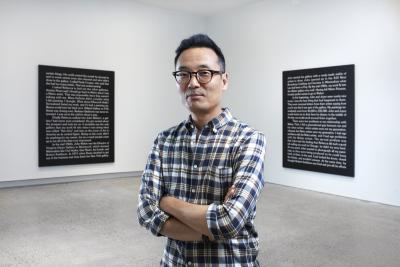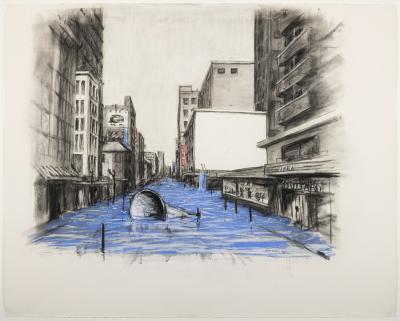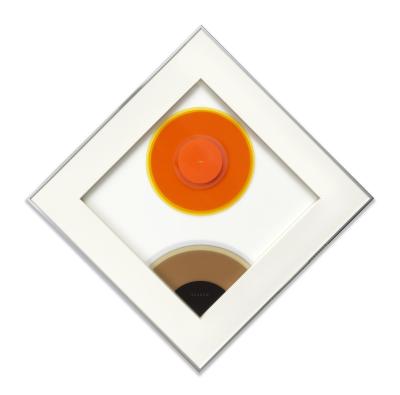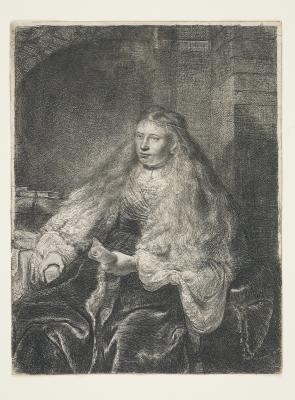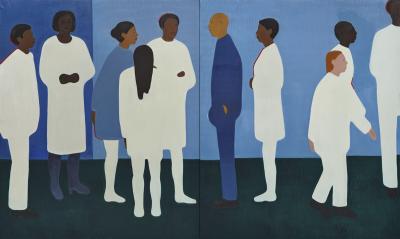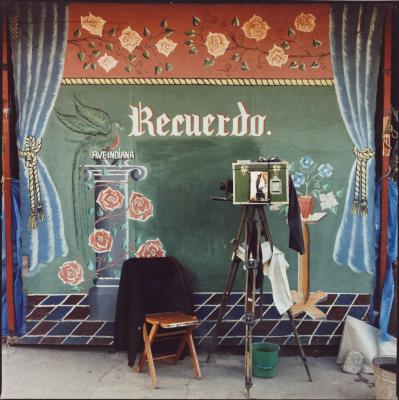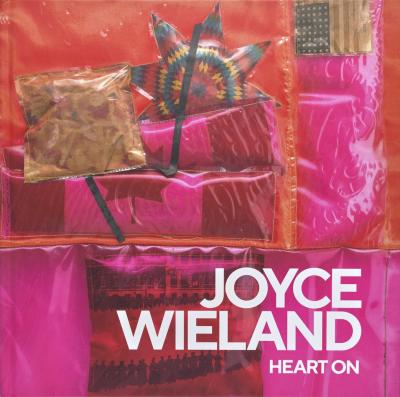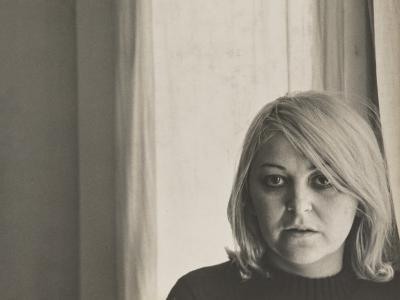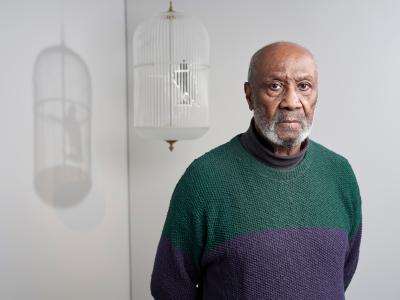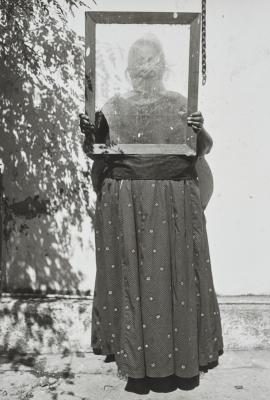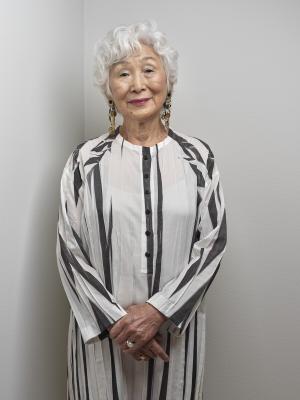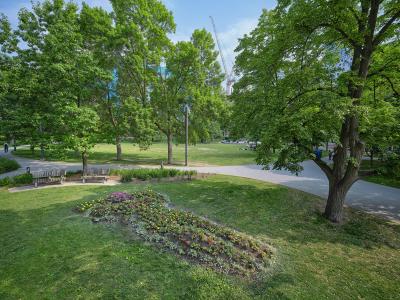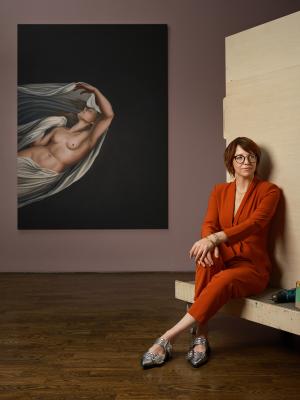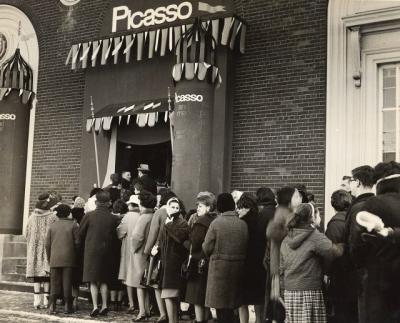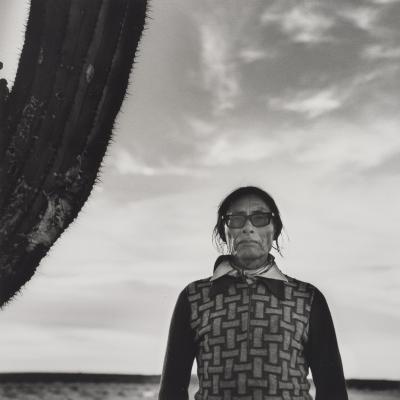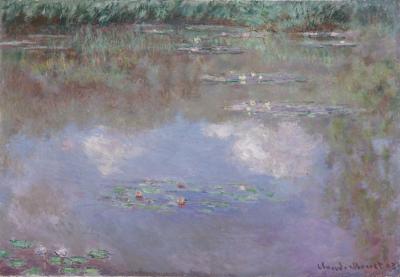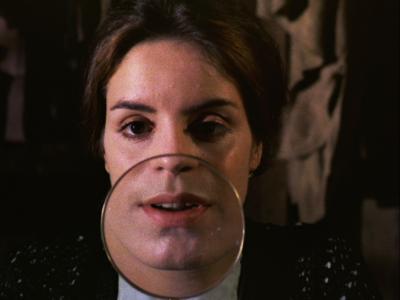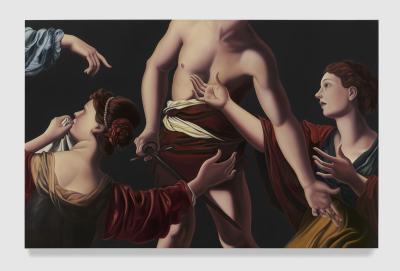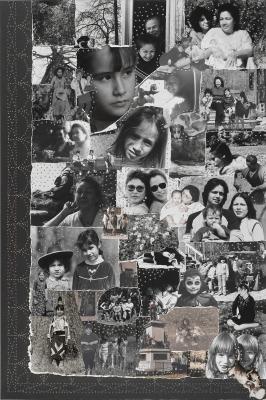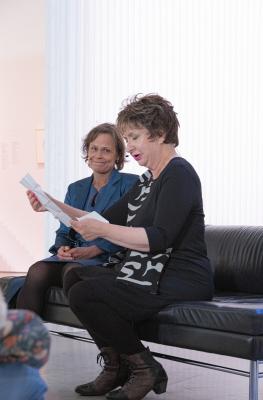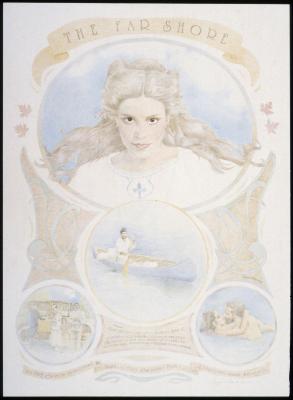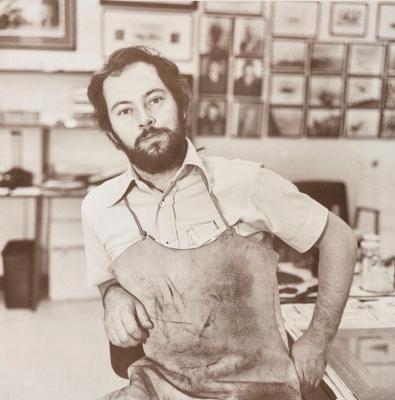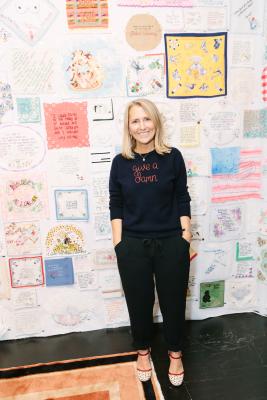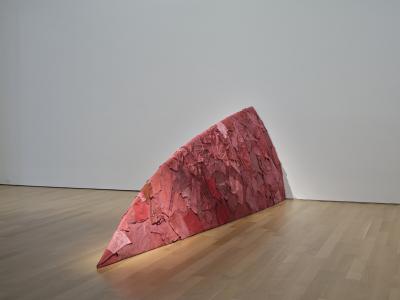Exploring Latin America With Recuerdo
A new photography exhibition at the AGO considers art of and from Latin America
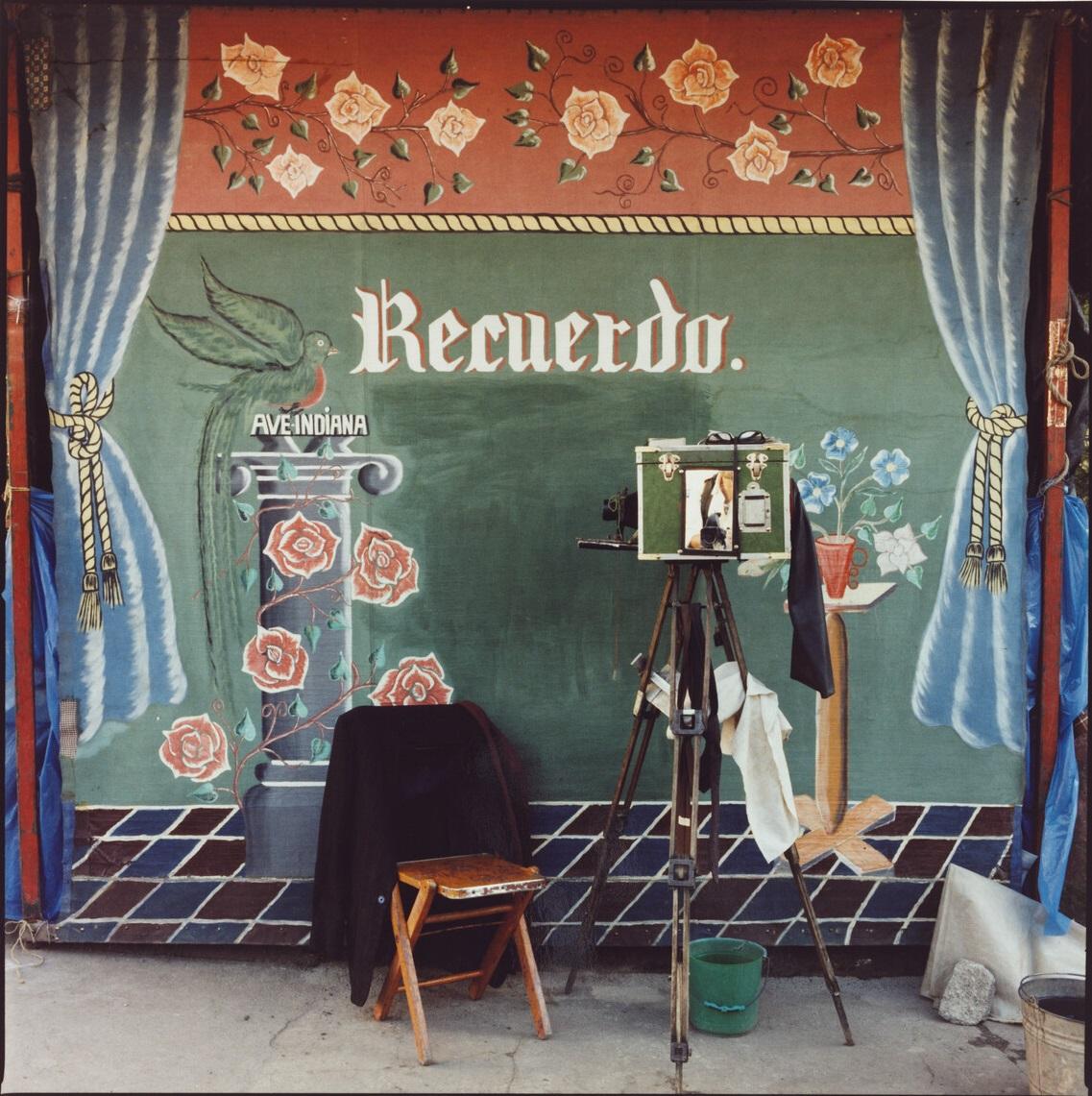
Rafael Goldchain, Itinerant Photographer's Studio (Recuerdo), Coban, Guatemala, 1987. Chromogenic print, Overall: 25.4 × 20.2 cm. Art Gallery of Ontario. Gift of David Angelo, 2019. © Rafael Goldchain. 2019/2465
Even before the establishment of its Photography Department in 2000, the AGO had been building an important photography collection, featuring portraiture, landscape, and documentary works by photographers from around the world. On view now, a new AGO group exhibition highlights over 150 key works from this collection, taking visitors on a journey from Mexico to Argentina, from the 1920s to the early 2000s. Recuerdo: Latin American Photography at the AGO, is a unique display of collective and personal stories that explore what it means to consider art of and from Latin America. The exhibition interweaves works by foundational Latin American image-makers, artists based in the diaspora, and Canadian photographers who have meaningfully engaged with the region.
Recuerdo is curated by Marina Dumont-Gauthier, Curatorial Assistant at the AGO and is the result of her reflections about the place of Latin American photography in the AGO Collection. In her exploration, she posed the question: “Does Latin American refer to works done in Latin America, by Latin American makers, about Latin America, or all of the above?”
Dumont-Gauthier explained further, "In the word recuerdo—which in Spanish can mean both ‘memory’ and ‘I remember’—I found a useful framework for understanding the exhibition. It reminds us that these works reflect people, places, and memories that are both past and present, and are simultaneously of and from Latin America. The exhibition also highlights Toronto’s connections to the region, offering a deeper understanding of Latin American photography and its significance within the broader context of the medium."
Here are some of the key works and photographers that bring this exhibition to life.
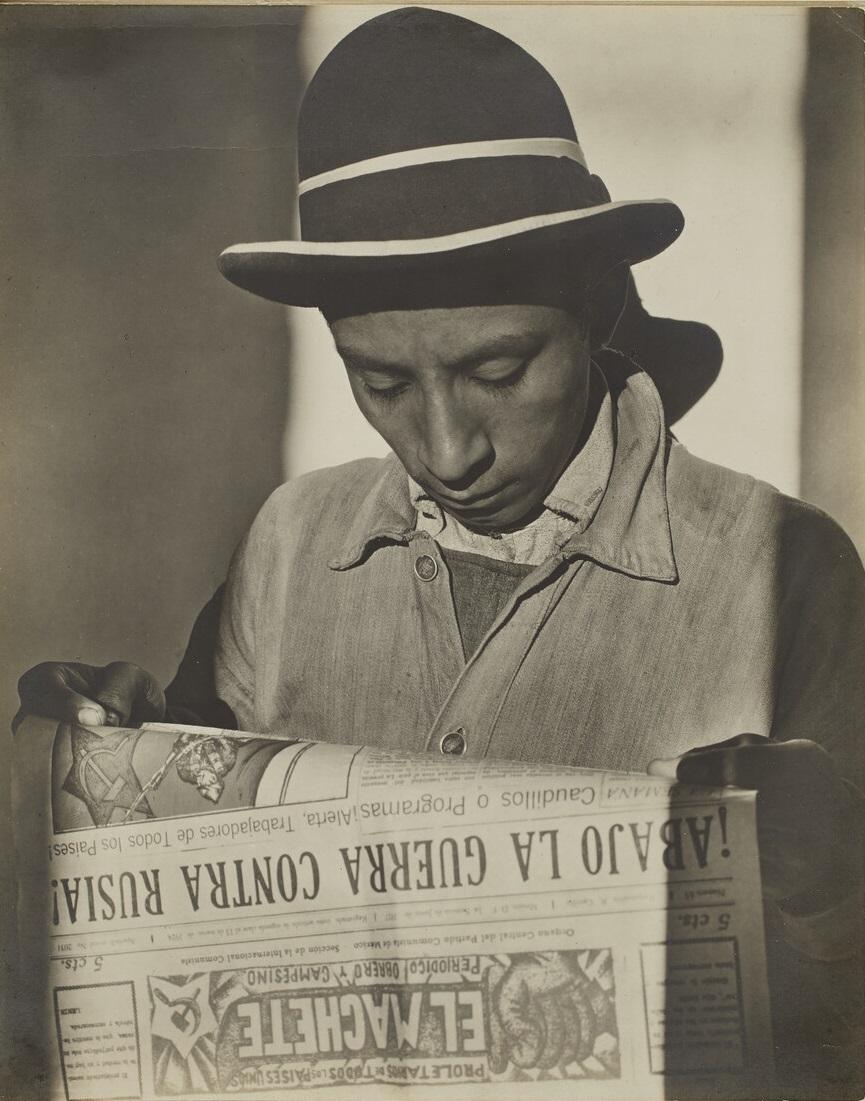
Tina Modotti, El Machete, 1926. Gelatin silver print, Sheet: 23.8 × 18.8 cm. Art Gallery of Ontario. Gift of Harry and Ann Malcolmson, 2015. Photo © AGO. 2015/248
Following the Mexican Revolution (1910–1920), the government commissioned artists to create public works that would help forge a new sense of national unity. This period, known as the “Mexican Renaissance,” was marked by a surge in artistic creativity that attracted many foreign artists. Among them was Tina Modotti (1896–1942), a major image-maker whose work played a vital role in visually shaping the nation’s emerging “modern” identity.
Born in Italy, Modotti arrived in Mexico City in 1923 with American photographer Edward Weston (1886–1958). She began working as Weston's studio assistant, but her style and approach to photography quickly became her own. Increasingly, she used her camera to document the struggles of the working class, a purpose she articulated in her 1929 essay 'On Photography,' where she described the medium as a weapon for social change. Her work reflects her criticism of the Mexican government, who by the second half of the 1920s had failed to meet the revolutionary objectives of their policies.
On view as part of Recuerdo, Modotti’s El Machete (1926) features a man reading the communist newspaper of the same name, which displays the headline “Abajo la guerra contra Rusia!” which roughly translates to “Down with the war against Russia!”
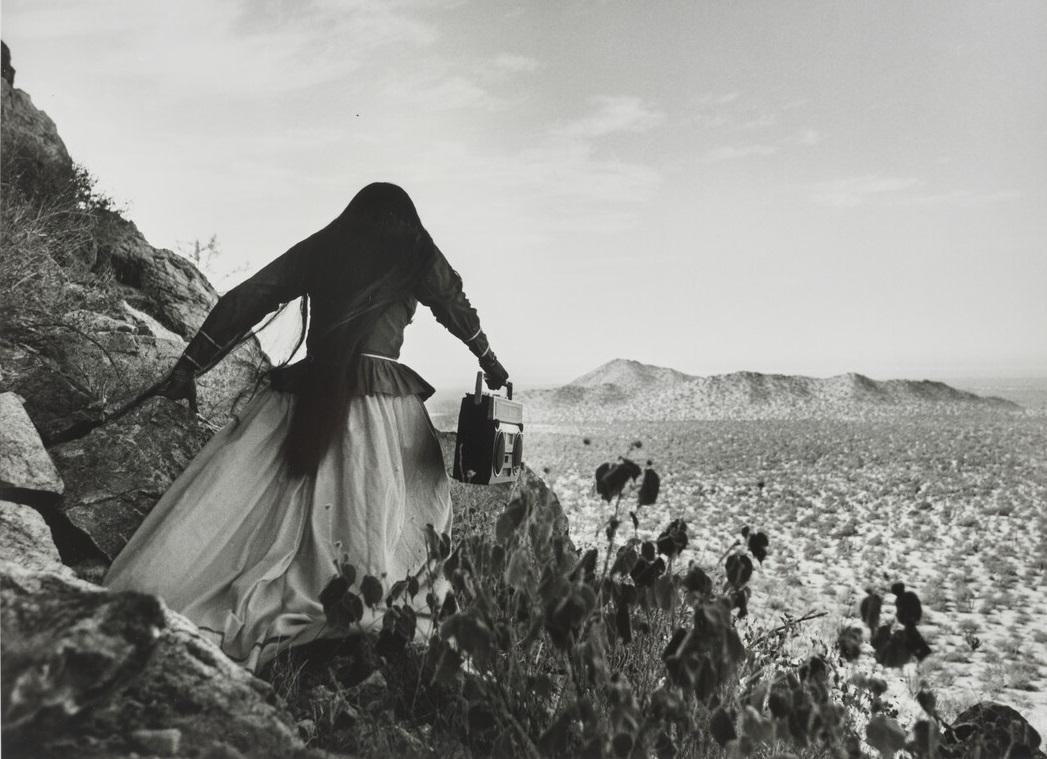
Graciela Iturbide. Mujer Ángel. Desierto de Sonora, México, 1979. Gelatin silver print, 40.6 × 50.8 cm. Art Gallery of Ontario. Purchase, with funds from the Photography Curatorial Committee, 2023. © Graciela Iturbide. 2023/95
Recuerdo dedicates the entirety of the Robert & Cheryl McEwen Gallery to legendary Mexican photographer Graciela Iturbide (b. 1942). The exhibition showcases a range of her works, including her photographs of the Seri people, an Indigenous community living in the Sonoran Desert; the Zapotecs of Juchitán de Zaragoza, Oaxaca; a selection of self-portraits; and works from her time in India.
In 1979, Iturbide was commissioned by the Ethnographic Archive of the National Indigenous Institute of Mexico to photograph the Seri Indians, a fishing community living in the Sonoran desert in the northwest of Mexico, along the border with Arizona. While staying with them, a group of Seri women took Iturbide to see cave paintings in the desert. Along the way, she made what is arguably her most famous photograph (image at top). "I call her Mujer Angel [Angel Woman]," Iturbide said, "because she looks as if she could fly off into the desert. She was carrying a tape recorder, which the Seris got from the Americans, in exchange for handicrafts such as baskets and carvings, so they could listen to Mexican music."
The image itself has an enigmatic quality, a quality that, in Iturbide’s view, a photographer cannot always see in the moment. Only when studying a photograph later, perhaps when it emerges in the darkroom (as was the case with this work), can one see it fully. This element of surprise is an essential part of her practice.
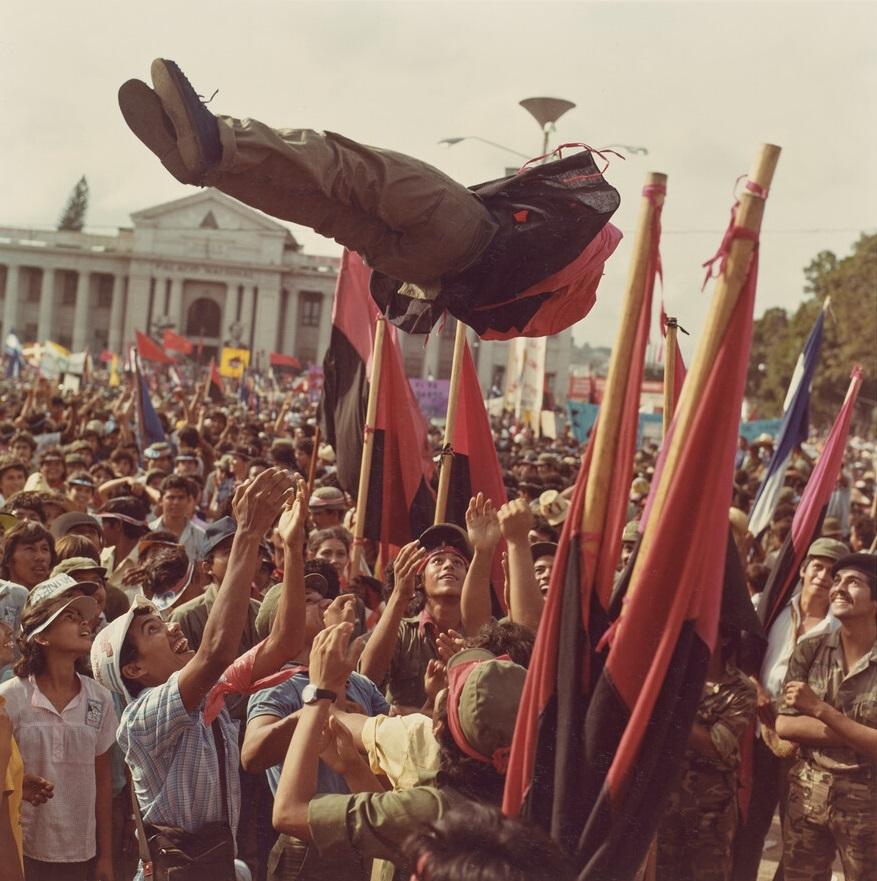
Michael Mitchell, [Little girl being thrown in the air at the moment Sandinista President Daniel Ortega announced that 16 year olds would have the vote in Nicaragua. Teens had argued that if they were old enough to fight in the revolution and die for it then they were old enough to vote.], 1984. Chromogenic print, 50.8 × 40.6 cm. Art Gallery of Ontario. Purchase, with funds donated by Rupert Duchesne and Holly Coll-Black, 2012. © Estate of Michael Mitchell. 2012/25.3
The exhibition features several powerful series documenting key moments of revolution and military conflict in Latin America, including the Nicaraguan Revolution, the Guatemalan Civil War, the Ezeiza Massacre in Argentina, and street protests in Rome supporting the restoration of democracy in Chile following Pinochet’s coup d’état.
In 1984, Michael Mitchell was commissioned by Canada's National Film Board (NFB) to travel to Nicaragua, five years after the Sandinista movement had overthrown the Somoza dictatorship. The assignment was to create a portrait of the revolution's aftermath and ongoing transformation. The resulting series, After the Triumph, became an exhibition of about 50 photographs that travelled throughout Canada in the late 1980s.
One of the photographs on display shows a Sandinista youth being thrown above the crowd at a mass rally. The Nicaraguan Revolution has been called la "revolución de los chavales" — the youth revolution. Teenagers played a crucial role in defending the revolution, many of them on the front lines, fighting alongside adults to protect the gains of the Sandinista movement. Recognizing their contributions, President Daniel Ortega—who took office in 1985—announced that the right to vote would be extended to 16-year-olds, asserting that if they were old enough to die for their country, they were old enough to participate in its democratic process.
Rafael Goldchain is a Chilean-born Toronto photographer of Polish Jewish descent whose work engages with themes of memory, family, and urban landscapes. After settling in Toronto in the 1970s, Goldchain travelled extensively in Mexico and Central America. Creating within his culture enhanced his sense of belonging: "What I am trying to do is recover a certain identity out of pieces of memory."
The last work you encounter before leaving the exhibition is his Itinerant Photographer’s Studio (Recuerdo)—the piece that inspired the exhibition’s title. It depicts a painted backdrop fixed to a stone wall in Guatemala, a country with a strong tradition of itinerant photography. In the foreground, a large-format camera and an empty chair are prominently positioned, with the word “recuerdo” subtly visible above them. On closer inspection, the artist, Goldchain, appears in the mirror atop the wooden tripod—partially reflected as he captures the scene.
The work speaks to both the representational nature of photography and the unique agency it grants its makers. Just as recuerdo can mean “I remember,” suggesting a personal and subjective act of remembering, the camera—like the human eye—frames, selects, and omits. But recuerdo can also mean “a memory” in the sense of a memento: something physical and shareable. In the context of the itinerant photographer’s display, it becomes a souvenir—an image taken home as proof, possession, or trace of a moment.
Dumont-Gauthier's hope is that Recuerdo can serve as a foundation on which the collection can continue to grow and hold the histories of Latin American photography and the Latin American communities in Toronto, while planting seeds for further lines of investigation.
Recuerdo: Latin American Photography at the AGO is on view now until October 19 on Level 1 of the AGO in the Edmond G. Odette Family Gallery (gallery 128) and Robert & Cheryl McEwen Gallery (gallery 129). A digital catalogue for the exhibition, produced by the AGO, is available here.

